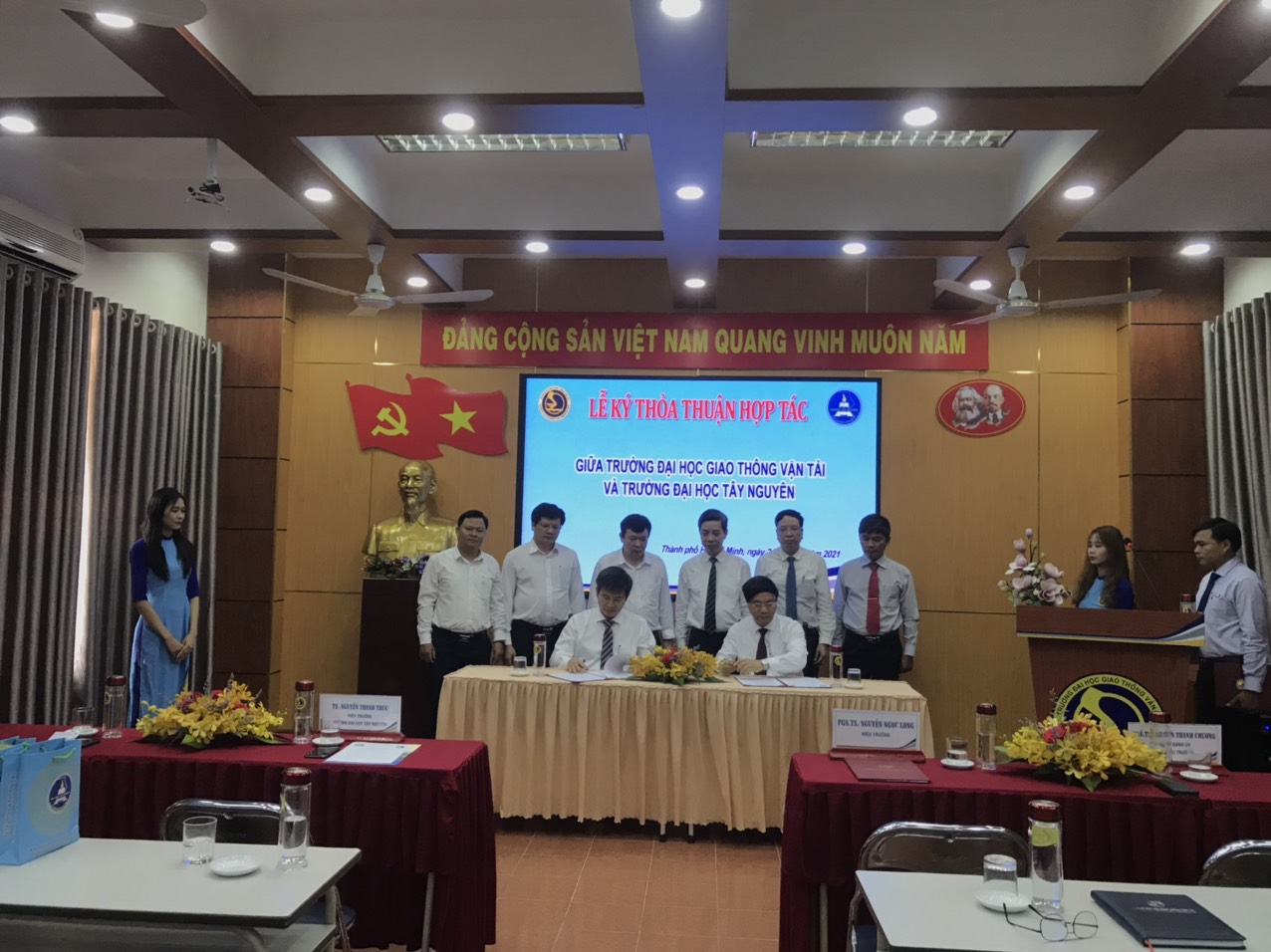THÔNG TIN TÓM TẮT VỀ NHỮNG ĐÓNG GÓP MỚI CỦA LUẬN ÁN TIẾN SĨ
Tên luận án: Nghiên cứu ứng xử cắt của dầm bê tông cường độ cao cốt sợi thép
Ngành: Kỹ thuật Xây dựng Công trình đặc biệt
Mã số: 9580206
Nghiên cứu sinh: Trần Thị Lý
Họ và tên cán bộ hướng dẫn:
1.PGS.TS Phạm Duy Anh, Trường Đại học GTVT
2.TS. Đào Văn Dinh, Trường Đại học GTVT
Cơ sở đào tạo: Trường Đại học Giao thông vận tải
TÓM TẮT ĐÓNG GÓP MỚI CỦA LUẬN ÁN
1. Đã phân tích các mô hình tính dự báo sức kháng cắt cho dầm bê tông cốt sợi thép (BT CST) dựa trên các tiêu chuẩn kỹ thuật RILEM TC 162 TDF, ACI 544 4R 88, FIB MODEL CODE 2010, các mô hình thực nghiệm và các mô hình lý thuyết như: mô hình dàn mềm, mô hình vết nứt trượt, mô hình trường nén sửa đổi đơn giản hóa. Từ đó, luận án đã lựa chọn được mô hình phù hợp để dự báo sức kháng cắt cho dầm bê tông cường độ cao cốt sợi thép (BTCĐC CST) đó là mô hình trường nén sửa đổi đơn giản hóa.
2. Căn cứ vào mô hình lựa chọn được, luận án đã phân tích các yếu tố liên quan đến đóng góp của cốt sợi thép cho sức kháng cắt trong mô hình trường nén sửa đổi đơn giản hóa. Từ đó, lập kế hoạch thực nghiệm xác định cường độ chịu kéo sau nứt của BTCĐC CST thông qua ép chẻ 105 mẫu trụ. Từ kết quả thí nghiệm, xử lý xác xuất thông kê xây dựng được mô hình dự báo cường độ sau nứt cho BTCĐC CST. Sau đó, đưa phần đóng góp của cốt sợi vào mô hình lựa chọn, đề xuất được công thức dự báo sức kháng cắt cho dầm BT CĐCCST có sử dụng cốt đai.
3. Luận án đã nghiên cứu thực nghiệm trên các dầm thiết kế, kiểm chứng lại công thức đề xuất, có so sánh với tiêu chuẩn ACI544 -4R-88. Kết quả tính theo mô hình đề xuất, thực ngiệm và tính theo ACI rất tương đồng.
4.Luận án đã đề xuất trình tự thiết kế chịu cắt cho dầm bê tông cốt sợi thép nói chung và kết cấu BTCĐC CST nói riêng cho dầm cầu đường bộ chịu lực HL93 theo TCVN 11823-2017.
INFORMATION OF THE NEW CONTRIBUTIONS OF THE THESIS
Name of dissertation: Study of shear behavior of steel fiber reinforced concrete beams
Major: Tran Thi Ly
Code No: 9580206
Name of PhD. Student: Tran Thi Ly
Name of Supervisors:
1. PGS.TS Phạm Duy Anh, University of Transport and Communication
2. TS. Đào Văn Dinh, University of Transport and Communication
Training Institution: University of Transport and Communication
SUMMARY OF THE NEW CONTRIBUTIONS OF THE THESIS
1. The thesis analyzed models for predicting shear resistance for shear strength of steel fiber reinforced concrete beams based on technical standards RILEM TC 162 TDF, ACI 544 4R 88, FIB MODEL CODE 2010, experimental models and theoretical models such as the soft band model, the sliding crack model, and the simplified modified compression field model. Since then, the thesis has selected and selected a suitable model to predict the shear resistance for the High strength steel fiber reinforced concrete beams, which is a simplified modified compression field model.
2. Based on the selected model, the thesis analyzed the factors related to the contribution of steel fiber reinforcement to the shear resistance in the simplified modified compression field model. From there, make an experimental plan to determine the post-cracking tensile strength of High strength steel fiber reinforced concrete through pressing and splitting of 105 cylinder samples. From the experimental results, statistical probabilistic processing can build a predictive model of post-cracking strength for High strength steel fiber reinforced concrete beams. Then, the contribution of fiber reinforcement is included in the selection model, and a formula for predicting the shear resistance for High Strength steel fiber reinforced concrete beams with Stirrup Reinforcement is proposed.
3. The thesis has studied experimentally on the designed beams, verified the proposed formula, compared with the standard ACI544 -4R-88. The results calculated according to the proposed model, experimentally and calculated according to ACI are very similar.
4. The thesis has proposed the shear design sequence for the steel fiber reinforced concrete beams in general and the High Strength steel fiber reinforced concrete beams in particular for the load-bearing road bridge girders HL93 according to TCVN 11823-2017.









